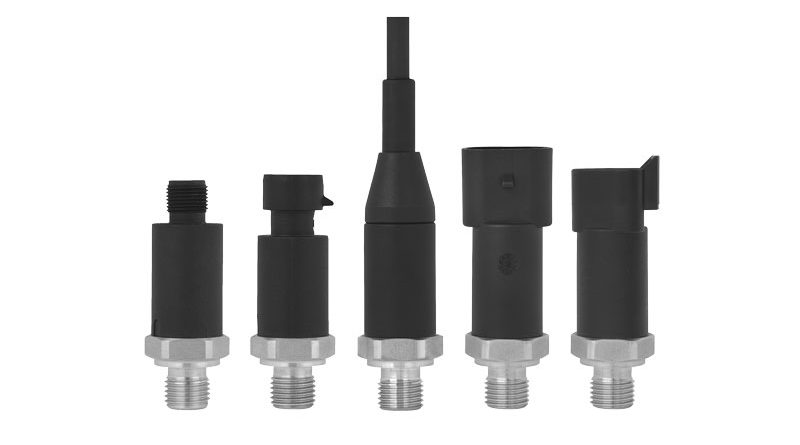Pressure Transmitters for Hydrogen Vehicles
WIKA specifically developed a pressure transmitter for vehicles with hydrogen-powered fuel cells, with high resistance against shock and vibration. In fact, hydrogen plays a very important role in the race to reduce environmental impact
On the way towards the energy and ecological transition, hydrogen will play a very important role in different industrial sectors, especially in transportation industry. WIKA pressure transmitters MH-3-HY can be a very good ally for such specific application.
As is well known, the pressure around the globe to reduce the environmental impact of transportation is even higher. Hydrogen offers the path to a sustainable, carbon neutral or even carbon-free age of mobility in both the short- and long-term. The growing demand for these zero-emission drives is currently focused first and foremost on commercial vehicles. In Switzerland for example the “H2 Mobility Initiative”, in collaboration with a major automobile manufacturer, aims to introduce 1,600 hydrogen-powered trucks to its roads by 2025.

It is essential to monitor vehicle tanks reliably and safely
This type of hydrogen-powered vehicle stores the gas in tanks at high pressure, around 700 bar. This compression makes the tanks especially reinforced and their cost and weight are high. The pressure in the tanks must be monitored, and it is imperative that they have reliable pressure measuring instruments certified to work with hydrogen. Hydrogen atoms are extremely small and, because of this property, can even penetrate solid materials in a process known as permeation. Over time, pressure transmitters stop working due to this process. For this type of application, high-performance and high-precision pressure transmitters are required to monitor vehicle tanks reliably and safely. A wide temperature range must also be covered, as high temperature fluctuations can occur in hydrogen tanks.
The main factors to consider in order to choose the ideal transmitter
What are the main factors to consider when choosing a pressure transmitter for hydrogen tanks? There are many, starting form pressure range, because lower pressure increases the life of the sensor. Temperature is very important too: gas flow through the sensor membrane increases at higher temperatures, so you must consider the type of material to be used for the wetted parts. Another aspect is the membrane thickness. In fact, the gas flux is inversely proportional to the membrane thickness, that can also double the lifetime of the sensor considerably. Finally, you have to consider the membrane area too, because the gas flux is directly proportional to the surface area of the membrane. For these applications, the MH-3-HY pressure transmitter from WIKA offers a good solution for such applications. It’s specifically developed for use in vehicles with hydrogen-powered fuel cells, with high resistance against shock and vibration. Due to the hermetically welded thin-film measuring cell, additional sealing materials are not required. Unlike other sensor technologies, the measuring cell has no oil filling. l

